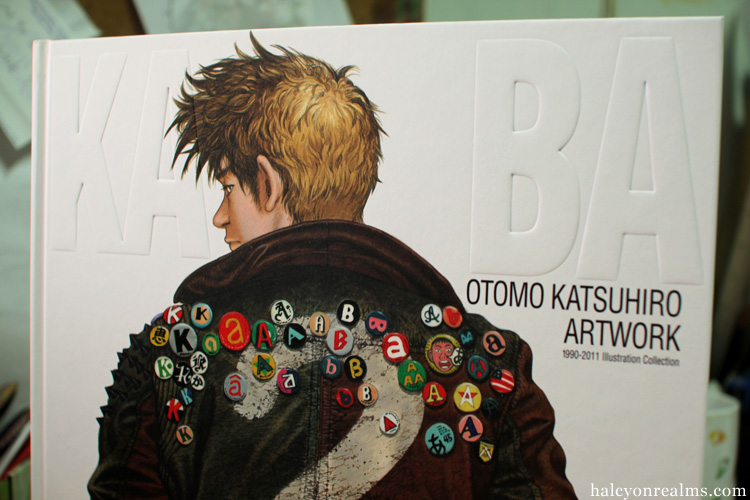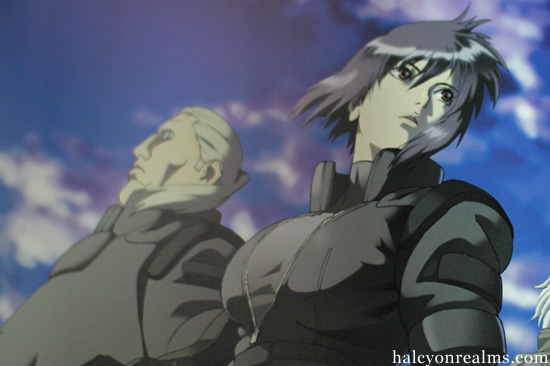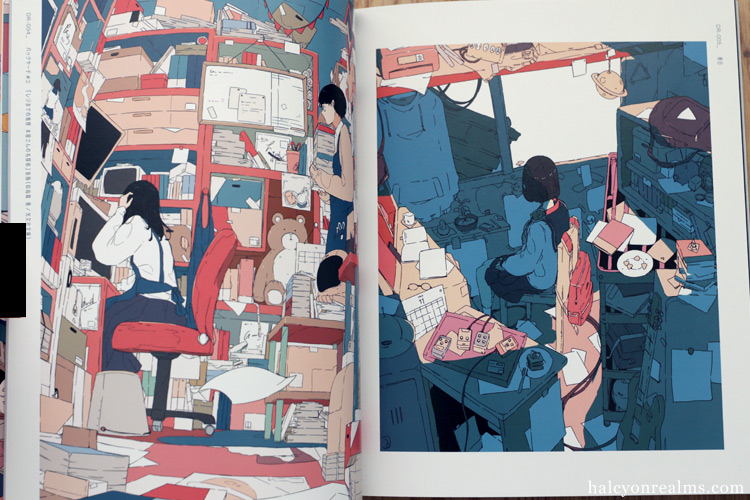
Getting blasted by sucessive waves of Hanabi “sonic booms” certainly doesn’t sound like music to my ears, but just inevitable runoff from a solid, nonstop display of dizzying fireworks that lasted for an astounding 45 minutes. If there’s any place to watch a decent Hanabi, Yamashita Park in Yokohama must rank amongst the tops – solitary, rocketing shards of flame that climbs rapidly, disappearing momentarily before inundating the entire sky with not one, but 3 staccato bursts of spiralling, blue light; slow travelling, red sparks that spawns a thousand, luminous offsprings; plain wierd fireworks that deposits lanterns like emanations; and not forgetting my personal favourite, the “Contact” effect, wave after wave of blinding, exploding incadescence that lights up the entire sky for a brief but estactic moment, thunderous cheers rousing from beneath.
When the spectacle was finally over, my ears were throbbing, neck stiff from the prolonged skyward angle, and my back aching after standing for too long, but heck, it was worth it. One down, its Hanabi season in Japan.
















